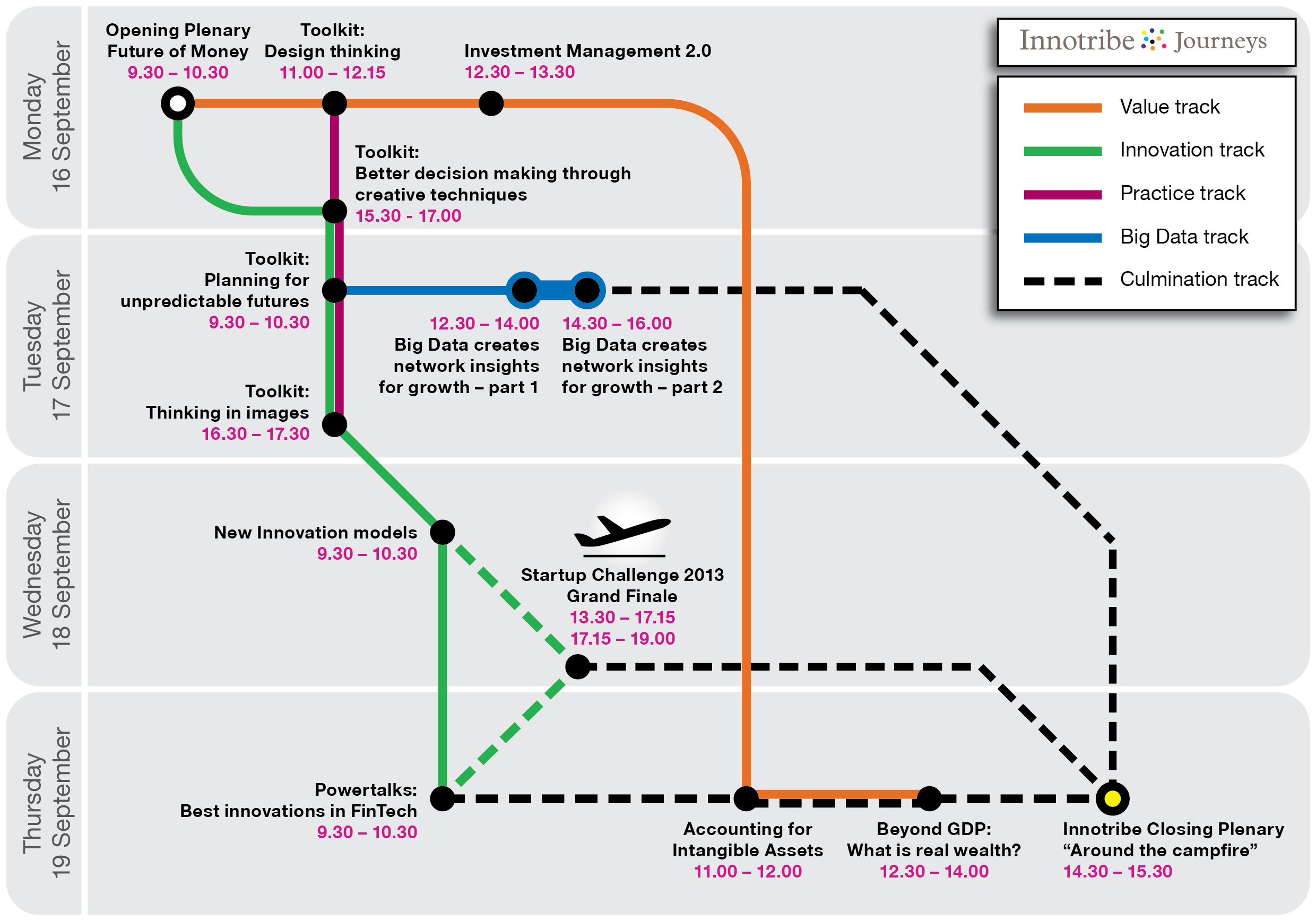 This is the fourth in a series of posts leading up to our upcoming sessions at Sibos. In the first posts in this series I talked about how the basic model of value creation is shifting from extraction to attraction, what this means for management and how technology is ensuring that these changes are irreversible.
This is the fourth in a series of posts leading up to our upcoming sessions at Sibos. In the first posts in this series I talked about how the basic model of value creation is shifting from extraction to attraction, what this means for management and how technology is ensuring that these changes are irreversible.
The message is that technologies are empowering employees, customers and investors both individually and collectively. This trend ensures change will come from the bottom up, not just the top down. You won’t always be in control of the changes. And you’ll see that corporate value creation will shift from being extractive to being attractive.
In our session on Monday, I’ll have the opportunity to explain what we are doing at Smarter-Companies. We are a global network of consultants who share a common viewpoint and toolset to help companies and their stakeholders create organizations better suited to value creation, not just value extraction.
We are creating a movement to arm businesses with practical tools to model value creation, to see their intangibles and to be able to measure them—a system of open source and proprietary tools we call ICounts. The people we train are called ICountants. Our ICountants have all kinds of backgrounds: finance, valuation, IP, risk mgmt, innovation, growth. Some day every businessperson will have basic ICounting skills. Because ICounts will provide information on the intangibles that drive value creation and create competitive advantage.
The investment management industry can use ICounting to better analyze your portfolio companies. And if you want to create value for them, you can teach them ICounting to help them manage better and to communicate more effectively with you.
You can also put ICounting into place to manage your own businesses so that you are focused on not just extracting, but also creating value with your stakeholders.
In the Thursday session at Sibos, we’ll help you get started. We’ll be running live exercises using a couple of the open source ICounts tools that help you understand the importance of intangibles in a business and see what the specific intangibles are that are critical to the business’s ability to create value for its stakeholders.
If you are at Sibos, I hope you’ll join us on the Value Track (by the way, as you can see in the graphic it’s all organized like a subway map, we’re the Orange Line!) If you can’t be with us, I hope that you’ll share your thoughts here. It’s going to be a fun journey. I expect to learn an incredible amount along the way. I promise to share my thoughts live and more upon my return.
